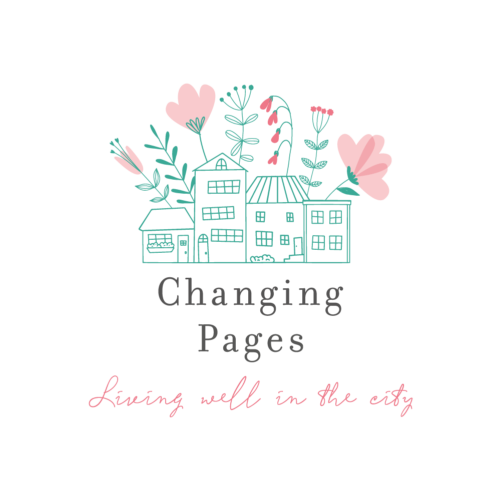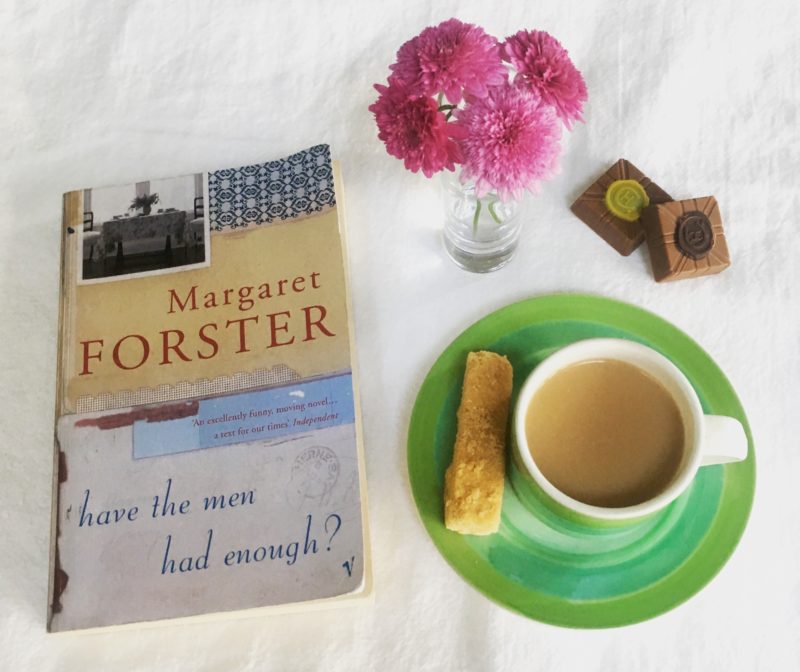Grandma is a tough Scottish woman. She has had a hard life, bringing up a daughter and two sons as a single parent after the early death of her husband. She is fiercely outspoken and is at her happiest when drinking sugary tea and eating biscuits. As dementia took hold and her ability to cope alone deteriorated, her family brought her down from Scotland to live with them in London. Or perhaps more precisely to live withe her daughter. Her daughter works as a nurse and when she is working much of the caring responsibilities for Grandma fall on her daughter in law and her granddaughter. This is the story of Grandmas deterioration and the toll it takes on the family as each member in their own way seeks to fix the problem. It is told from the perspective of Grandmas daughter in law Jenny and Jennys daughter, and Grandmas grandaughter Hannah.
I am aware that I may be portraying this as a bleak tale of misery and ill health. This is a story about dementia and one womans demise as a result of it so of course there is a bleakness, and there can’t really be a happy ending. However it is also very funny, very sharply observed.
Hannah’s relationship with Grandma is particularly touching, she clearly loves Grandma, despite the frustrations, repetitive conversations and Grandmas cantankerous demeanour. She shows a tenderness, patience and compassion that is so often missing in other, older member so the family. It is the conversations Hannah has with Grandma as she tried to make sense of Grandmas particular interpretation of situations which made me laugh most
“Has she had her tea?
Who?
The wee lassie, she looks hungry.
Its only a picture Grandma.
So?
Well, you can’t feed people in pictures
Why not? I suppose they get hungry like anyone else.
Don’t be silly
You mind your mouth
You know its a picture Grandma.
So?
Stop waving. Why are you waving?
At the wee lassie. Has she had her tea?”
I loved Hannah’s character and the way Margaret Forster uses her teenage, simplistic understanding of life to address the big questions.
“Why don’t more people kill themselves when they get old? Why do relations not kill more old people? Whats the point of keeping old people alive anyway?”
So many issues are addressed in this novel. Gender inequality in the caring role is beautifully demonstrated. Grandmas two sons are remotely involved. One has made the clear decision with what seems like a clear conscience not to be involved. The other funds her care, spending hundreds of pounds a week to ensure Grandmas is cared for, but spends little time himself doing the actual caring. Even Hannah’s brother does little other than take Grandma to chiropody appointments and yet feels fully entitled to speak out on how she should be cared for.
Again it is Hannah who sums this up clearly.
“What I think is this: I as mums says, we are all in this together then there has got to be a fairer sharing out of the labour. If Grandma finds the Male presence comforting, then give her more of it. If she gets more of it, she might get over her general fear of all men. Then the woman would be freer.”
The novel is such a clever study of dementia, the ebbs and flows, of the illness it self. The progression from a woman who is mobile, continent and conversant, even if in an erratic way, to a woman who needs full time care. The periods of calm and stability to the swift progression into falls, incontinence and full time care. All of this is dealt with sensitively but without being overly sentimental.
If you have cared for someone with dementia or are currently caring for someone with dementia this may not be the easiest read but its a book I really recommend. It provokes thoughts about care provision, about mortality and perhaps ultimately and selfishly who will I care for and who will care for me?


